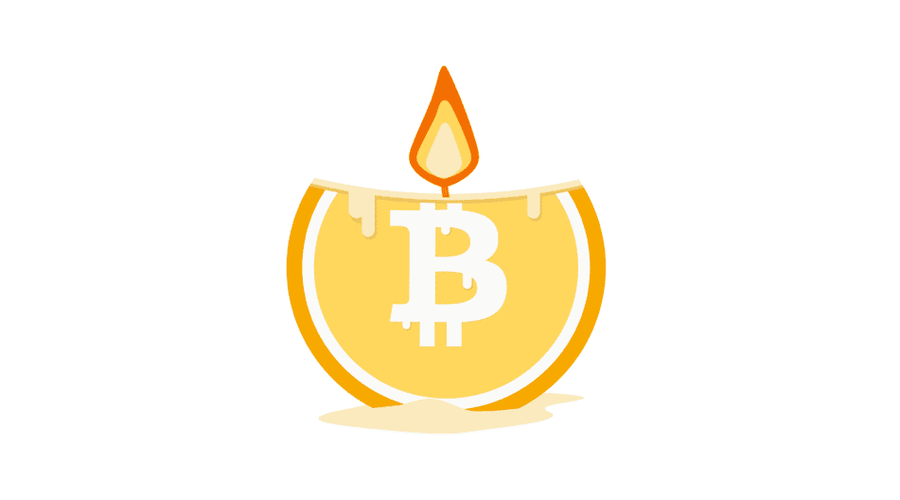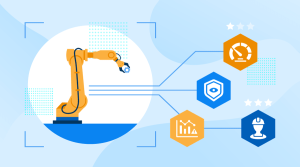In the world of blockchain and cryptocurrencies, consensus mechanisms play a crucial role in validating transactions and maintaining the integrity of the network. One such consensus mechanism that has gained significant attention is the Proof of Burn (PoB) consensus mechanism. In this article, we will delve into the concept of Proof of Burn, how it works, its advantages, and its applications in the crypto space.
Introduction to Proof of Burn
Proof of Burn is a consensus mechanism that aims to secure a blockchain network by requiring participants to show proof that they have burned or destroyed a certain amount of cryptocurrency tokens. The basic principle behind Proof of Burn is that by destroying tokens, participants demonstrate their commitment to the network’s security and prove their stake in the ecosystem.
How Proof of Burn Works
In a Proof of Burn consensus mechanism, participants send their tokens to a verifiably unspendable address, often referred to as the “burn address.” The act of burning tokens involves sending them to an address where they become unspendable and are effectively removed from circulation. This process is irreversible and provides a way for participants to prove that they have expended resources in order to earn the right to participate in the consensus process.
By burning tokens, participants increase their chances of being selected as a validator or miner in the network. The selection process is usually random but weighted by the amount of tokens burned. Participants with a higher burn rate have a higher probability of being chosen to validate transactions and earn rewards.
Benefits of Proof of Burn
- Energy Efficiency: Unlike Proof of Work (PoW), Proof of Burn significantly reduces energy consumption by eliminating the need for computationally intensive mining operations. This makes it a more environmentally friendly consensus mechanism.
- Sybil Resistance: Proof of Burn acts as a deterrent against Sybil attacks, where an attacker creates multiple identities to gain control over the network. Burning tokens requires participants to incur a cost, making it economically unfeasible for attackers to create a large number of identities.
- Fair Distribution: Proof of Burn encourages fair distribution of tokens. Participants who are willing to burn a significant amount of tokens demonstrate their commitment to the network and are rewarded accordingly. This mechanism reduces the concentration of wealth and promotes a more egalitarian distribution of tokens.
- Security: Proof of Burn enhances the security of the network by incentivizing participants to commit their resources. By burning tokens, participants prove their stake in the ecosystem and are more likely to act in the network’s best interests.
- Reduced Inflation: As tokens are burned in the Proof of Burn process, the token supply decreases over time. This reduction in supply can help control inflation and potentially increase the value of the remaining tokens.
- Bootstrapping New Networks: Proof of Burn can be used to bootstrap new blockchain networks. Participants can burn tokens from an existing network in exchange for newly minted tokens in the new network. This process helps establish an initial level of security and incentivizes early adopters.
- Ecosystem Health: By requiring participants to burn tokens, Proof of Burn encourages a more committed and dedicated community. Participants have a stronger stake in the network’s success, leading to a healthier ecosystem with active participation and engagement.
- Sustainability: The energy-efficient nature of Proof of Burn makes it a more sustainable consensus mechanism compared to alternatives such as PoW. It addresses concerns about excessive energy consumption and contributes to a greener blockchain ecosystem.
- Altcoin Destruction: Proof of Burn can be used to retire altcoins that are no longer in use or have become obsolete. By burning these tokens, they are effectively removed from circulation, reducing clutter in the crypto space.
- Decentralized Exchanges: Proof of Burn can be implemented in decentralized exchanges to discourage spam and ensure a higher quality of listed tokens. Users can burn a small amount of tokens as a fee to list their tokens on the exchange, reducing the number of low-quality or fraudulent projects.
These benefits highlight the potential of Proof of Burn as a viable consensus mechanism in the blockchain space. By addressing key issues such as energy consumption, fair distribution, and security, Proof of Burn offers a compelling alternative for blockchain networks seeking efficiency, sustainability, and equitable token distribution.

Use Cases of Proof of Burn
Proof of Burn has found applications in various areas within the blockchain ecosystem. Some notable use cases include:
Altcoin Destruction
Proof of Burn can be used to retire altcoins that are no longer in use or have become obsolete. By burning these tokens, they are effectively removed from circulation, reducing clutter in the crypto space.
Bootstrapping New Networks
Proof of Burn can be utilized to bootstrap new blockchain networks. Participants can burn tokens from an existing network in exchange for newly minted tokens in the new network. This process helps to establish an initial level of security and incentivizes early adopters.
Decentralized Exchange
Proof of Burn can be implemented in decentralized exchanges to discourage spam and ensure a higher quality of listed tokens. Users can burn a small amount of tokens as a fee to list their tokens on the exchange, reducing the number of low-quality or fraudulent projects.
Challenges and Criticisms of Proof of Burn
- Token Supply Reduction: Proof of Burn reduces the token supply over time as tokens are burned. While this can create scarcity and potentially drive up the value of the remaining tokens, it may also pose challenges for token economies that require a certain level of liquidity.
- Initial Distribution Bias: Proof of Burn heavily rewards participants who can afford to burn a significant number of tokens. This can create an initial distribution bias, favoring those with greater resources and potentially leading to centralization.
- Security Assumptions: Proof of Burn relies on the assumption that participants are willing to burn their tokens for the sake of network security. If participants become reluctant to burn tokens or find alternative ways to bypass the burn requirement, the security of the network could be compromised.
- Economic Inefficiency: Critics argue that burning tokens can be seen as a wasteful act since it destroys value. They argue that alternative consensus mechanisms that utilize token staking or other resource commitments may offer a more efficient allocation of resources.
- Lack of Mainstream Adoption: Proof of Burn is not as widely adopted as other consensus mechanisms like Proof of Work or Proof of Stake. The limited adoption and lack of standardized implementation can make it more challenging for developers and projects to integrate Proof of Burn into their systems.
- Regulatory Considerations: The burning of tokens could potentially raise regulatory concerns in certain jurisdictions. The destruction of value may be viewed unfavorably by regulatory bodies or tax authorities, leading to potential legal complications.
- Potential Manipulation: Critics argue that Proof of Burn can be susceptible to manipulation through large-scale token burning. Entities with significant resources could potentially manipulate the burn process to gain an unfair advantage in network participation or rewards.
- Lack of Scalability: Like other consensus mechanisms, Proof of Burn may face scalability challenges as the network grows. The computational and storage requirements for validating burn transactions could increase as the network’s transaction volume and user base expand.
- Experimental Nature: Proof of Burn is still an experimental consensus mechanism, and its long-term viability and resilience are yet to be fully proven. More research, testing, and real-world implementations are needed to address its challenges and solidify its effectiveness.
These challenges and criticisms highlight the complexities and considerations associated with adopting Proof of Burn as a consensus mechanism. While it offers unique benefits, it is essential to carefully evaluate these challenges and address them appropriately to ensure the successful implementation and adoption of Proof of Burn in blockchain networks.
Conclusion
Proof of Burn is an innovative consensus mechanism that offers energy efficiency, sybil resistance, and fair distribution of tokens. It has various use cases within the blockchain ecosystem, including altcoin destruction, bootstrapping new networks, and decentralized exchanges. However, it also faces challenges such as token supply reduction, initial distribution bias, and security assumptions. Despite these challenges, Proof of Burn continues to be a topic of interest and experimentation in the crypto space.
FAQs
Q1: Can anyone participate in Proof of Burn?
Yes, anyone who is willing to burn a certain amount of tokens can participate in the Proof of Burn consensus mechanism.
Q2: How does Proof of Burn contribute to energy efficiency?
Proof of Burn reduces energy consumption by eliminating the need for computationally intensive mining operations. Participants burn tokens instead of solving complex mathematical problems.
Q3: Is Proof of Burn widely adopted in the crypto industry?
While Proof of Burn is not as widely adopted as Proof of Work or Proof of Stake, it has gained attention and is being explored by various projects and communities.
Q4: Can Proof of Burn be combined with other consensus mechanisms?
Yes, it is possible to combine Proof of Burn with other consensus mechanisms to create hybrid models that leverage the strengths of multiple approaches.
Q5: How does Proof of Burn promote fair distribution of tokens?
Proof of Burn rewards participants who are willing to burn a significant amount of tokens, ensuring that those who demonstrate their commitment to the network are appropriately incentivized.



